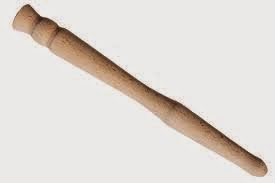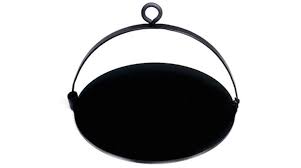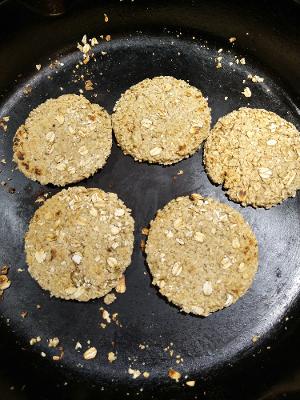Carolyn McDonald Graf

According to Samuel Johnson oats are “A grain that in England is given to horses, but in Scotland appears to support the people.”
Oats are an ancient grain. The oldest record of them is from around 2000 B.C. during Egypt’s 12th dynasty. It is possible the Chinese knew of them before that but they were not valued or cultivated by either culture. Wheat and barley were the main grains, and oats were considered weeds. The first attempts at cultivation of oats took place a thousand years later but still were not favored as human food. The Greeks and Romans considered oats food for barbarians. It was cultivated as animal food.
The Romans brought the cultivation of oats to Britain, where the climate favored them over wheat and barley. This was particularly true in Scotland, where oats were part of the national diet by the middle ages.
Unlike other grains, oats are roasted with the husks on, which allows them to be roasted at a higher temperature, adding to the flavor. After roasting, the husks are removed and the oats are gently rubbed to smooth the surface. Then they are flattened, chopped and milled into various textures.

The simplest form of eating oats is in porridge. Technically, porridge can be made from any grain, but Scottish porridge is always made from oats. Large amounts of porridge were made using water and a little salt. While cooking, it was stirred with a spurtle, a smooth rounded stick, and always stirred with the right hand in a clockwise direction. Stirring it any other way was said to call up the devil or bring bad luck. After cooling it was poured into a porridge drawer where it became thick and hard. From this thick pieces were cut for various meals. Perhaps the earliest form of energy bars.
“In the past the basic mixture allowed for numerous permutations, all with their own nomenclature according to locality. Brose was made by pouring boiling water over oatmeal, butter, and salt: with meat stock it became fat brose, while the addition of a green vegetable gave kale brose. Hasty Pudding was a form of porridge enriched and sweetened. Gruel was made by boiling the liquid that oats had soaked in, flavoring it with assorted ingredients and allowing it to cool to a jellylike substance. To make sowans, oat husks were soaked until sour, at which point the mixture was sieved and the husks thrown out. The liquid was a pleasant drink and the starchy sediment underneath was boiled and eaten either hot or cold, with milk, cream, or beer again served on the side.”
Source: http://scotiafile.blogspot.com/2015/01/the-history-of-porridge.html

Another form of eating oats is in oatcakes. Oatcakes are a kind of flatbread or biscuit, easy to store or carry when travelling. The oats are formed into a dough, rolled out into a large circle and cut into triangles. Alternatively they may be cut into circles like biscuits. They would be cooked on a girdle, a flat metal plate hung over the peat fire. The word probably comes from the Old French Gredil, meaning grid iron. Americans use the word griddle but girdle is common in old Scottish recipes. In the times when crofters were poor farmers, with very basic equipment, a large pot and a girdle may have been their only cooking implements.
“Froissart, the fourth century chronicler, writes that the Scottish soldier always carried a flat piece of metal and a wallet of oatmeal as part of his equipment. With a little water, he could always make himself an oatcake over a wood fire, which contributed to his remarkable stamina.”
Source: A Taste of Scotland, Theodora Fitzgibbon, Houghton Mifflin Company, Boston, 1971 p. 102.
There are as many different recipes for Oatcakes as there are recipe books. This is one I adapted from several sources.
Oatcakes

1 cup oats (I used Quaker Old Fashioned and pulsed them in a food processor to make a finer oatcake)
2 teaspoons warm baking drippings
¼ teaspoon baking soda
A pinch of salt
¼ cup hot water
More oats for rolling out the dough
Mix the dry ingredients in a bowl. Make a well in the center and add the bacon drippings. Stir to combine and then add the water. Working quickly, form the dough into a ball and knead well. Sprinkle some oats onto your surface and roll the dough to ¼” thickness. (If the dough cools too much, it may become too stiff to work well. Try warming it in the microwave for a few seconds.) Cut into triangles or use a biscuit cutter to cut it in rounds. Place on a warmed griddle or pan, and cook until lightly brown. Turn to brown the other side. Continue until oatcakes are cooked through. Serve warm.
Sources:
https://hubhopper.com/episode/a-harte-appetite-the-origins-of-oatmeal-1580238836
https://www.nairns-oatcakes.com/blog/where-do-oats-come

